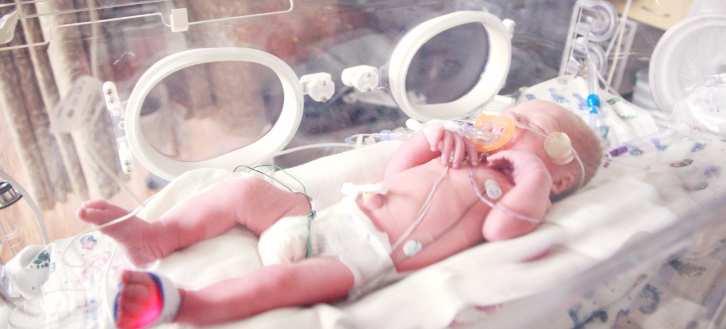Photo Credit: freepik
The following is a summary of “A simple prediction model for the risk of boron neutron capture therapy-induced nausea and vomiting in head and neck cancer,” published in the July 2024 issue of Oncology by Sato et al.
Patients with head and neck cancer undergoing boron neutron capture therapy (BNCT) frequently experience BNCT-induced nausea and vomiting (BINV). This study aimed to develop a predictive model for assessing the risk of BINV to facilitate better patient management.
In this retrospective study, 237 patients were randomly divided into training and test cohorts. Univariate analysis identified factors associated with BINV in the training cohort, while multivariate analysis was employed to determine significant predictors and compute model coefficients. The model’s goodness of fit was evaluated using the Hosmer–Lemeshow test, and its accuracy was assessed through receiver operating characteristic (ROC) curves. The predictive model was applied to both cohorts to generate risk scores and calculate sensitivity and specificity.
The incidence of nausea and vomiting in the cohort was 50% and 18%, respectively. Key predictors of BINV included female gender, younger age, non-squamous cell carcinoma, absence of prior chemotherapy, and beam entry from the face or lateral regions. The model demonstrated a robust fit (P = 0.96) and performance, with an area under the curve (AUC) of 0.75. In the training cohort (n = 193), sensitivity and specificity were 83% and 45%, respectively, while in the test cohort (n = 44), they were 86% and 59%.
Researchers have developed a straightforward model to predict the risk of BINV in patients with head and neck cancer undergoing BNCT. This model can help implement targeted interventions to mitigate the risk and manage BINV more effectively.
Source: sciencedirect.com/science/article/abs/pii/S0167814024007345














Create Post
Twitter/X Preview
Logout